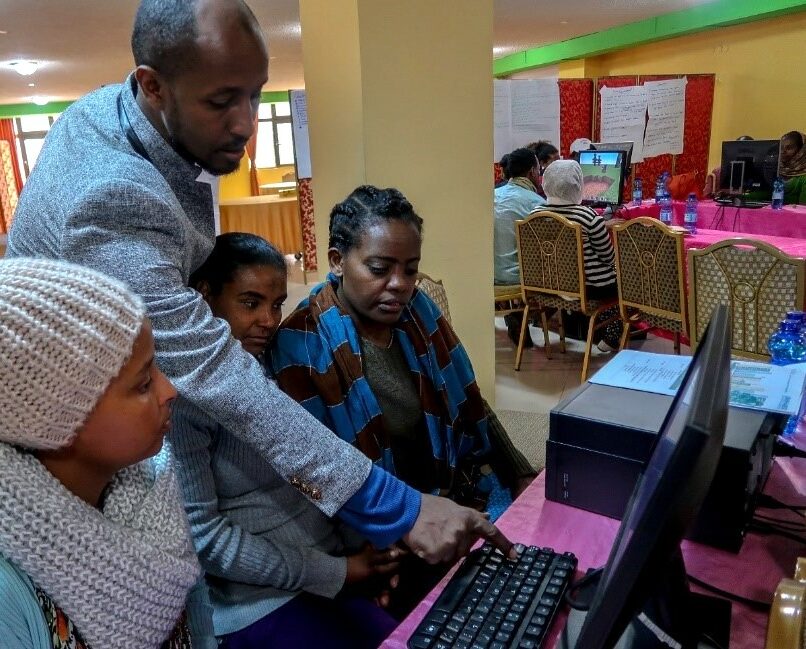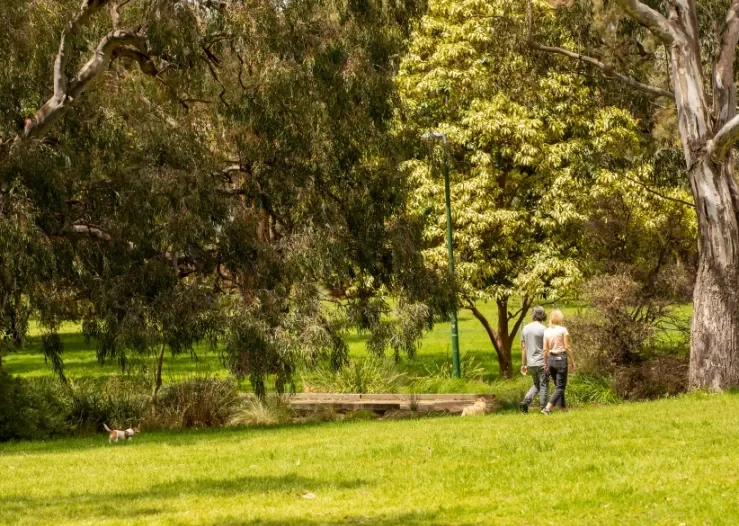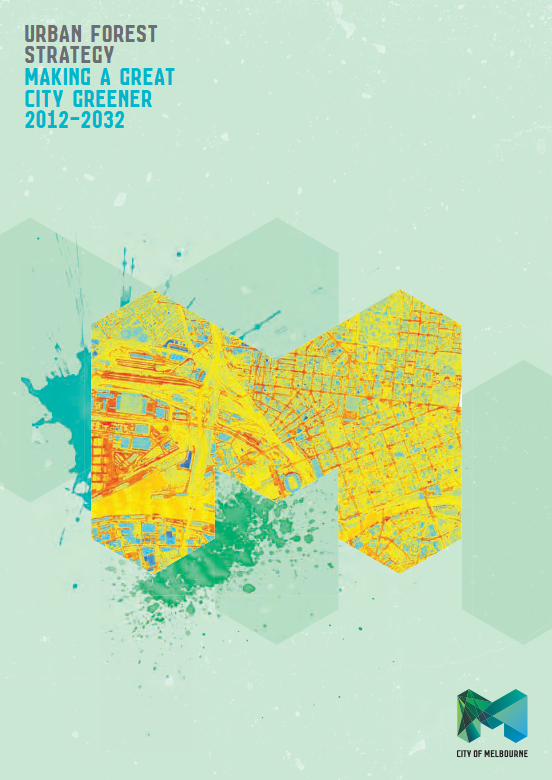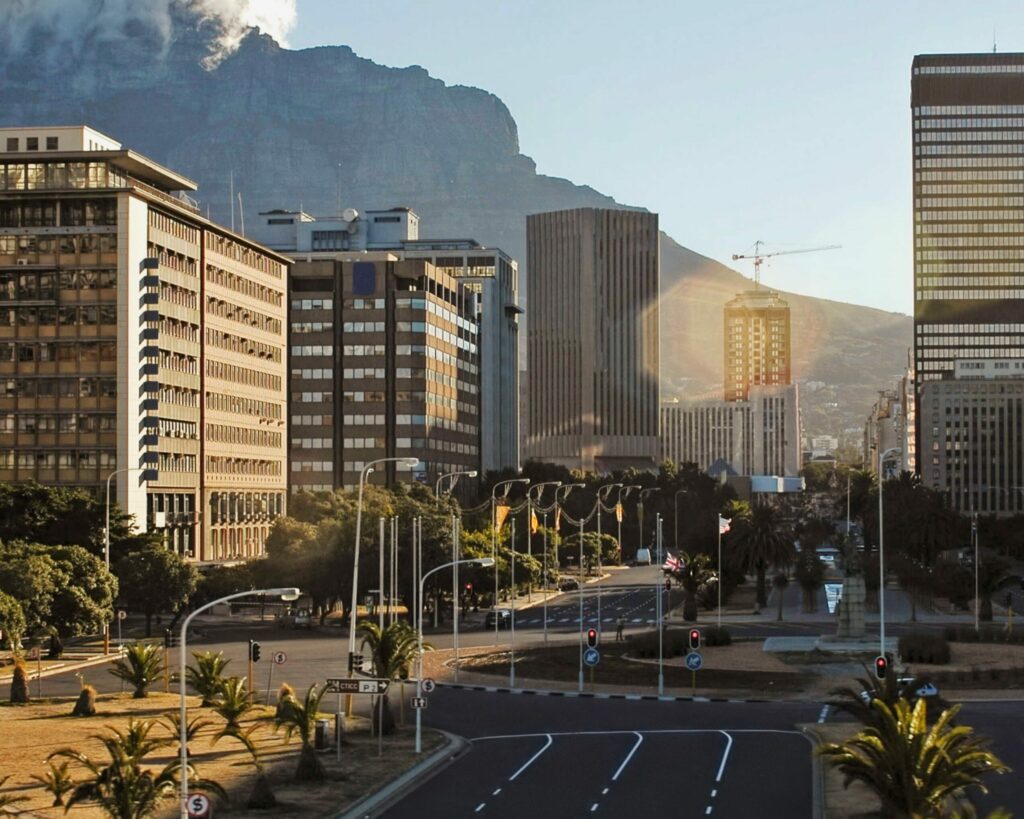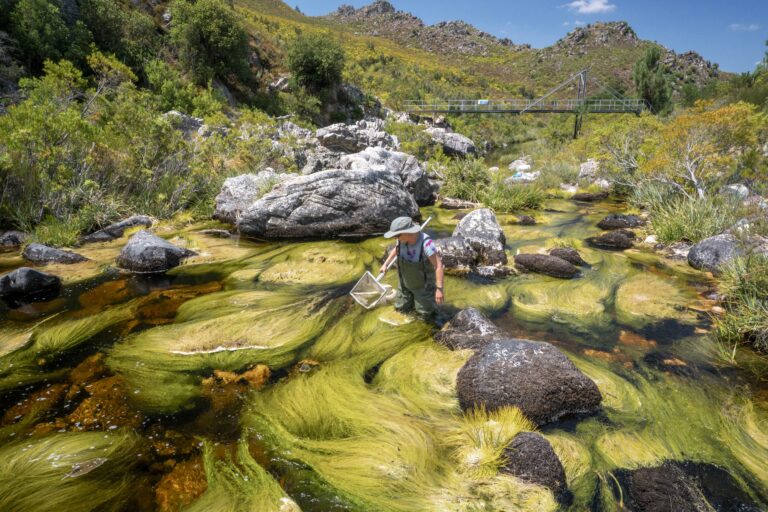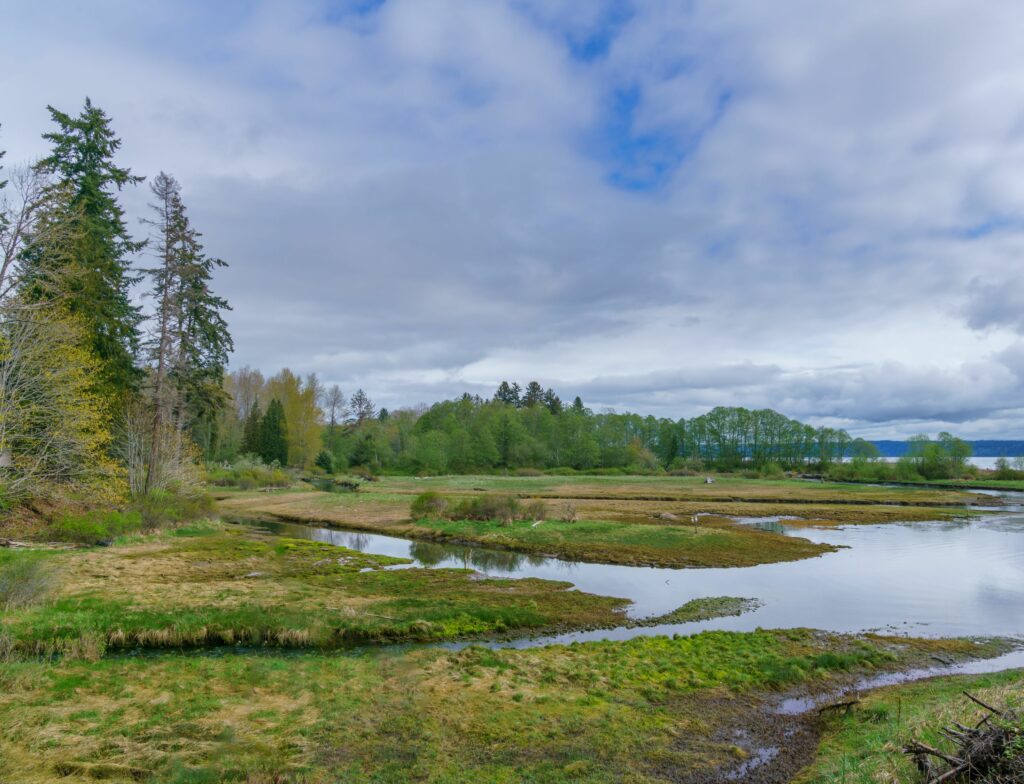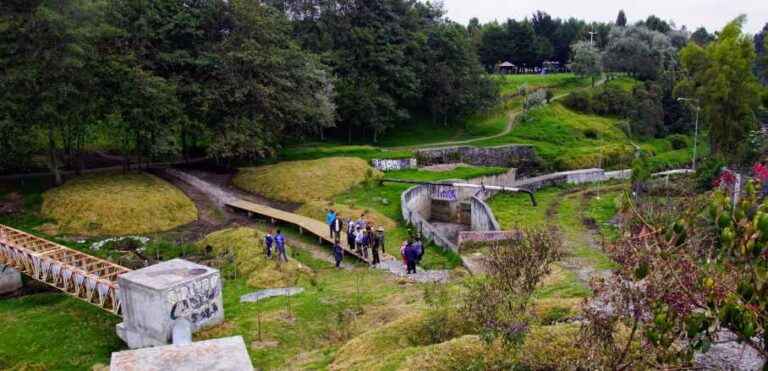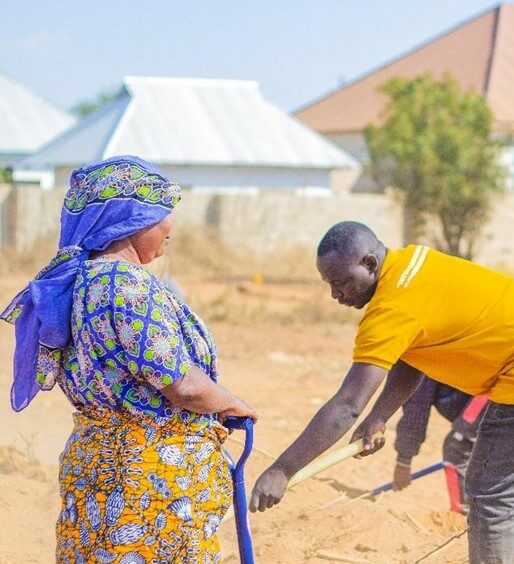Nature-based solutions in urban design: Participatory planning in Addis Ababa
As part of the Urban Natural Assets for Africa: Rivers for Life (UNA Rivers) project, ICLEI Africa partnered with the Addis Ababa City Authority (Ethiopia) and UN-Habitat to implement Nature-based Solutions (NbS) in the redesign of a riverside site in Addis Ababa. The project focused on leveraging the integration of urban green spaces into urban planning as a pathway to enhance climate resilience, safeguard biodiversity and improve community well-being.
